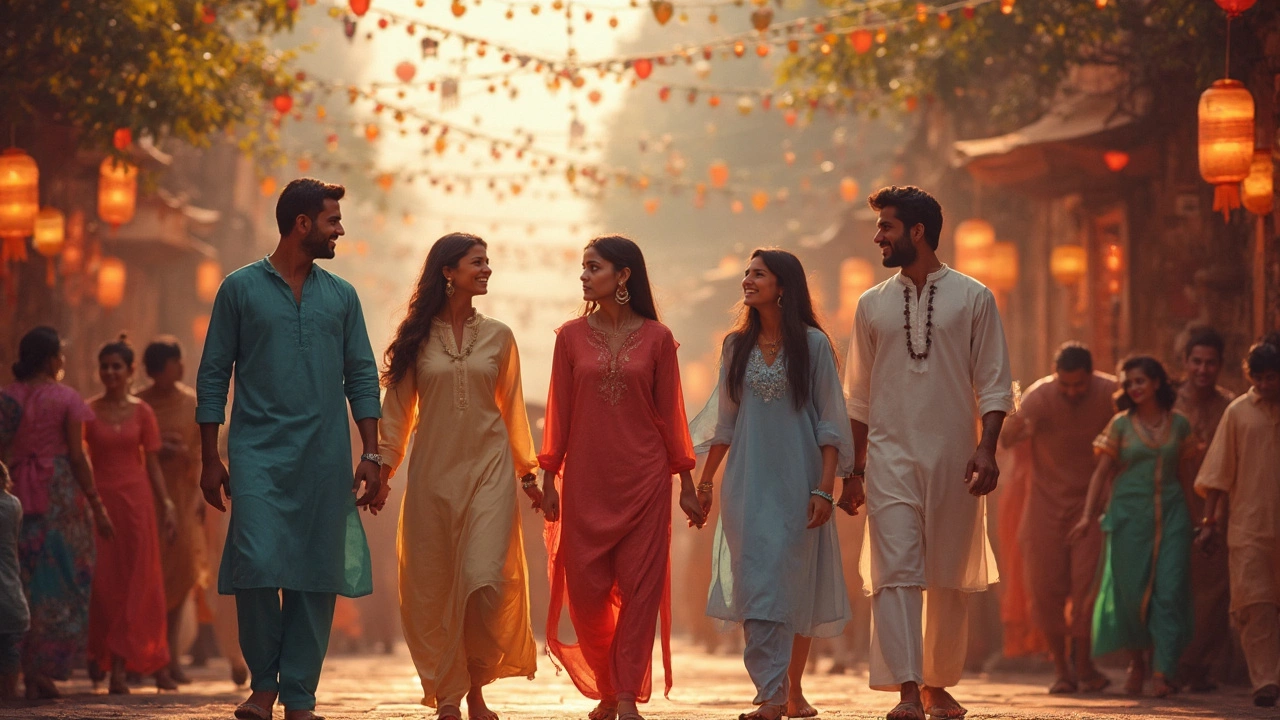Indian Pants: Traditional Styles, Modern Trends, and Cultural Roots
When you think of Indian pants, loose-fitting lower garments worn across India for centuries, often tied to climate, caste, and community. Also known as dhoti, lungi, or pyjama, they’re not fashion statements—they’re functional, cultural tools. These aren’t imported styles or tourist souvenirs. They’re worn by farmers in Tamil Nadu, temple priests in Varanasi, office workers in Bangalore, and grandfathers in Kerala—each with their own way of tying, folding, or draping.
Take the dhoti, a rectangular cloth wrapped around the waist and legs, common in South India and among Hindu men during rituals. It’s not just fabric—it’s part of a daily ritual. In Tamil Nadu, men wear it for temple visits, weddings, and even while working in rice fields because it stays cool and doesn’t restrict movement. Then there’s the lungi, a tube-like garment, often checkered, popular in coastal states and among laborers for its simplicity and breathability. In Kerala, it’s worn with a shirt; in Bengal, it’s paired with a gamcha. And let’s not forget the kurta pants, a modern hybrid of traditional tunic and fitted trousers, now common in urban India and among the diaspora. These aren’t just clothes—they’re identity markers.
Why do so many Indians still wear these instead of jeans? It’s not resistance to change. It’s practicality. In 40-degree heat, a dhoti lets air flow. During monsoons, a lungi dries faster than denim. At religious events, wearing traditional lower wear shows respect. Even in cities, you’ll see men in dhotis walking into IT offices after morning prayers. The shift isn’t away from tradition—it’s toward blending it. You’ll find silk lungis for weddings, embroidered pyjamas for festivals, and even vegan leather dhoti-inspired pants sold online.
What you’ll find in the posts below isn’t just a list of garments. It’s a look at how Indian pants connect to deeper cultural threads—like how Diwali rituals demand specific attire, how folk dances like Karakattam require freedom of movement, and why certain fabrics are avoided during mourning. You’ll see how language, religion, and geography shape what people wear on their legs. No fluff. No guesswork. Just real examples from real lives across India.
